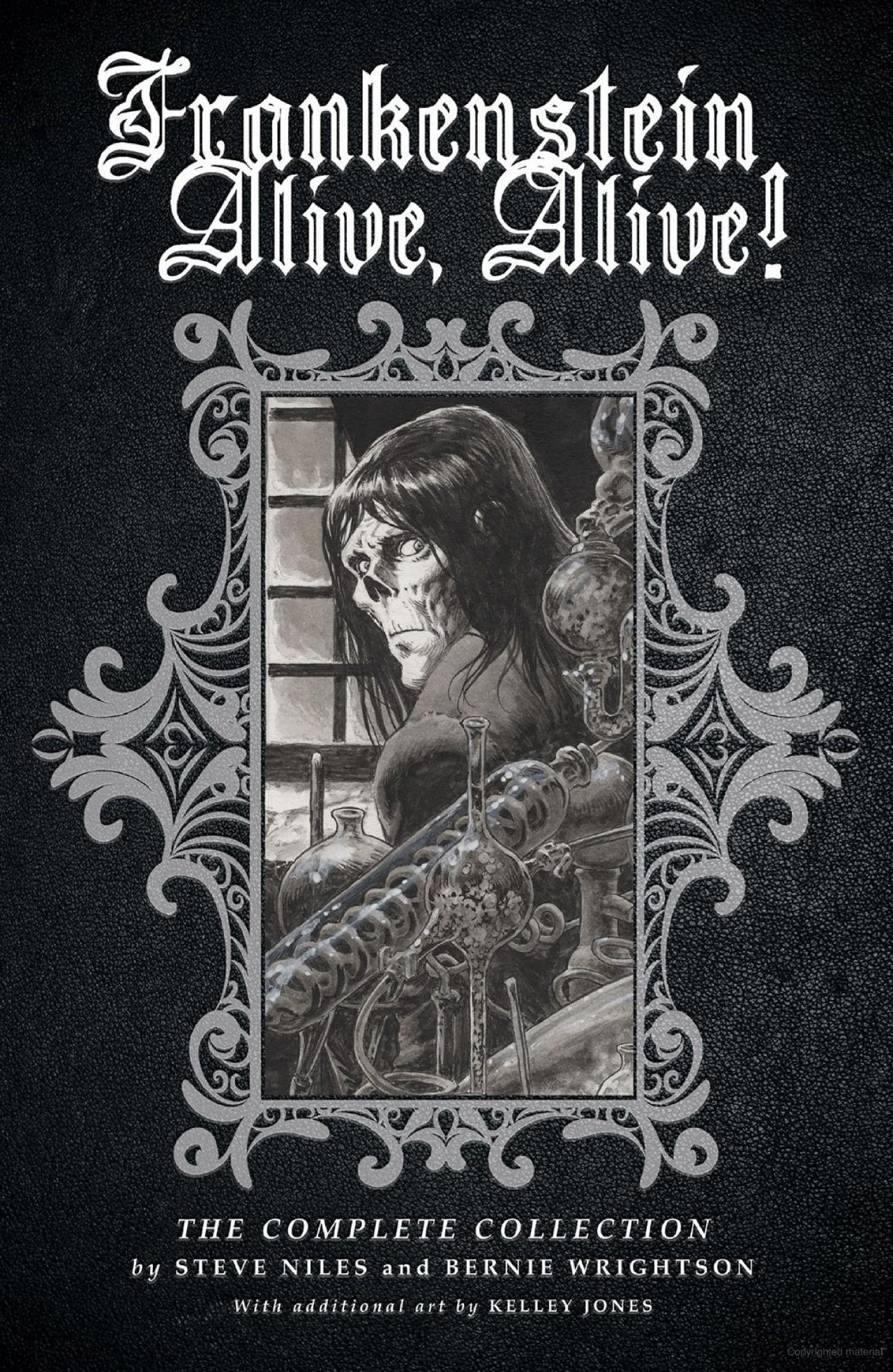Storm King Comics publisher Sandy King Carpenter is no stranger to horror. Her company is a powerhouse for horror and science fiction comics. Carpenter says the original “Frankenstein; or, The Modern Prometheus” by Mary Wollstonecraft Shelley works on many levels, especially as an allegory about how those who don’t fit in are often ostracized. Shelley wrote the Gothic novel about the scientist Victor Frankenstein, who brings a creature to life with disastrous consequences, in 1818 when she was only 21. It’s her best-known work and is considered an early example of science fiction.
Carpenter shares why she considers it “the most influential piece of art” in her life.
Listen more: Storm King Comics publisher Sandy King Carpenter on economic storytelling
This segment has been edited for length and clarity.
I find that [“Frankenstein”] was, besides being a gripping story, unbelievable to be written by a woman in those days. It has so many levels of meaning that are applicable now.
There's a great version out that Steve Niles wrote, an adaptation of art by Bernie Wrightson. It's accessible, for those who don't like long reads without pictures.

Frankenstein Alive, Alive! written by Steve Niles, illustrated by Bernie Wrightson. Image courtesy of IDW Publishing
It tells a story of someone who was created as beautiful. And he was beautiful in the eyes of his creator and does not realize till he sees himself reflected both in the eyes of others and in a lake that he's a monster, and that comes to define him. He's persecuted for what others think, and he becomes the monster they think he is.
It's a great allegory for those who feel that they are the other, that they will never fit in, and that they are ostracized, persecuted and killed or banished, for not being like others.
It's so much sadness and so much hope that I just find it something to hold on to in so many ways. I go back to that allegorical tale in my storytelling, and stories that I look for, and in dealing with kids or individuals who don't feel like they belong.
I would say [“Frankenstein”] was probably the most influential piece of art in my life.
